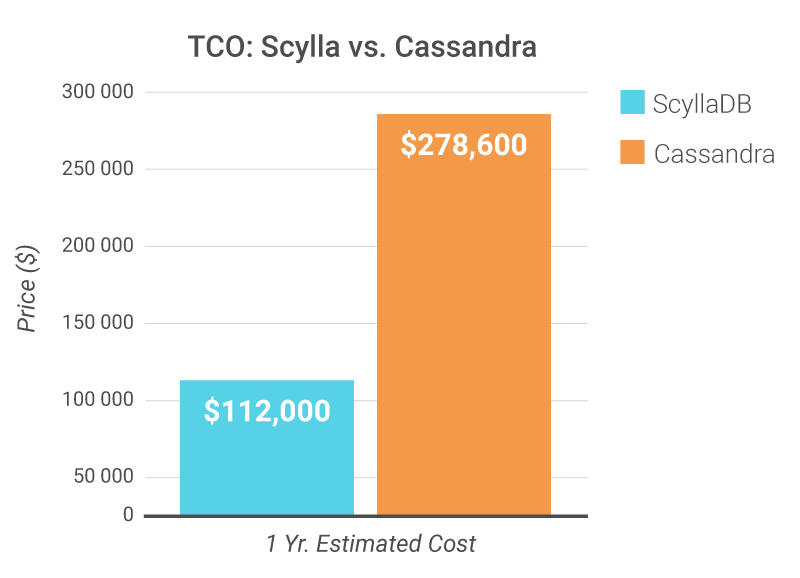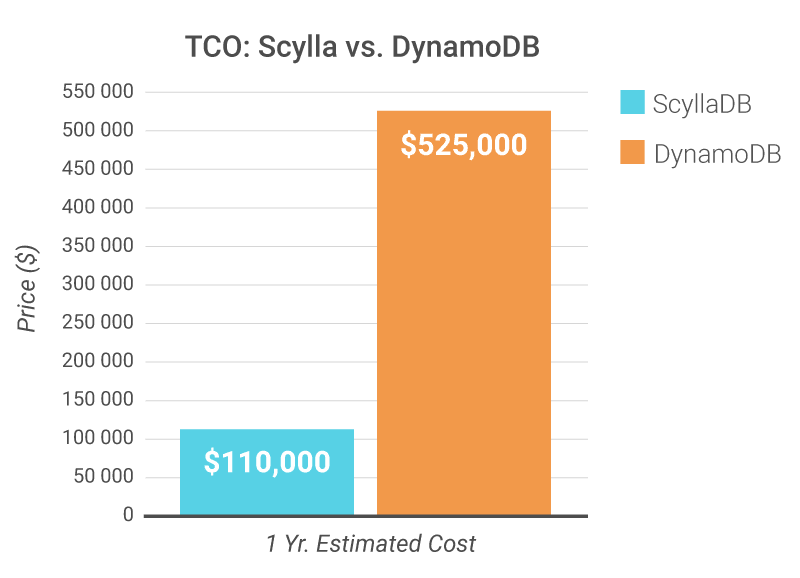ScyllaDB is a drop-in replacement for Cassandra. Keep all your existing client code — you can use your existing data models and queries using our CQL interface for Cassandra-like operations.
Aside simply performing far better, ScyllaDB’s implementation of CQL goes beyond Cassandra, adding new and improved features, like:
You get all this while keeping your development ecosystem the same: client drivers and big data frameworks like Apache Kafka® and Apache Spark™ all connect to ScyllaDB seamlessly.
ScyllaDB’s Cassandra-compatible CQL interface provides three key benefits to users:
-
Cost ScyllaDB can run your workloads more efficiently, meaning you do get the most out of your infrastructure. Even though both ScyllaDB and Cassandra are free open source NoSQL databases, the hardware you require to run them on is not. Because ScyllaDB can scale better vertically, you can run it on bigger nodes, reducing your node count to save further on related operational expenses. According to our benchmark, with ScyllaDB users can save up to 2.5X on their cloud vendor bills.
- Performance ScyllaDB was implemented in modern C++ to support features such as instructions per cycle; lock-free, log structured cache; heat-based load balancing; workload prioritization; userspace schedulers and much more. This results in improvements to latency and throughput, and allows ScyllaDB to scale both vertically and horizontally. ScyllaDB can take advantage of high-density nodes, some of which can now support hundreds of cores per server.
- Openness Like Cassandra, ScyllaDB is an open source NoSQL database. Users can review the source code and any known defects, and in return can add their own contributions to the project. Operationally, ScyllaDB can run on any suitable server cluster regardless of location (on-premises, in a private or public cloud, or our own ScyllaDB Cloud DBaaS) or deployment method (bare metal, containerized, virtualized, or via Kubernetes). This contributes to the user’s lower TCO by allowing deployment flexibility in line with their existing operations.
ScyllaDB is a drop-in replacement for DynamoDB. No need to change your client code — you can keep all your existing data models and queries when using our DynamoDB-compatible API. ScyllaDB’s implementation of the DynamoDB API goes beyond Amazon’s implementation with leading features such as:
- Leaderless active-active architecture avoids single point-of-failure
- Optional fast writes that avoid costly read-before-writes
All while keeping your development ecosystem the same: SDKs and big data frameworks like Apache Kafka® and Apache Spark™ all connect to ScyllaDB seamlessly.
ScyllaDB’s DynamoDB-compatible API provides three key benefits to users:
Cost DynamoDB charges for read and write transactions (RRUs and WRUs). A free open source NoSQL database solution eliminates these costs and minimizes other operational expenses. ScyllaDB’s design efficiency allows developers to use significantly fewer resources for the same task or workload. According to our benchmark, users can expect to save 80% – 93% overall to support the same workload (5x-14x less expensive). Because of its highly performant design ScyllaDB would also eliminate the cost of any in-memory cache (such as DAX).
- Performance ScyllaDB was implemented in modern C++ to support features such as instructions per cycle; lock-free, log structured cache; heat-based load balancing; workload prioritization; userspace schedulers and much more. This results in improvements to latency and throughput, and allows ScyllaDB to scale both vertically and horizontally. ScyllaDB can take advantage of high-density nodes, some of which can now support hundreds of cores per server.
- Openness ScyllaDB has an active and growing open source community. Users can review the source code and any known defects, and in return can add their own contributions to the project. Operationally, ScyllaDB can run on any suitable server cluster regardless of location (on-premises, in a private or public cloud, or our own ScyllaDB Cloud DBaaS) or deployment method (bare metal, containerized, virtualized, or via Kubernetes). This contributes to the user’s lower TCO by allowing deployment flexibility in line with their existing operations.



